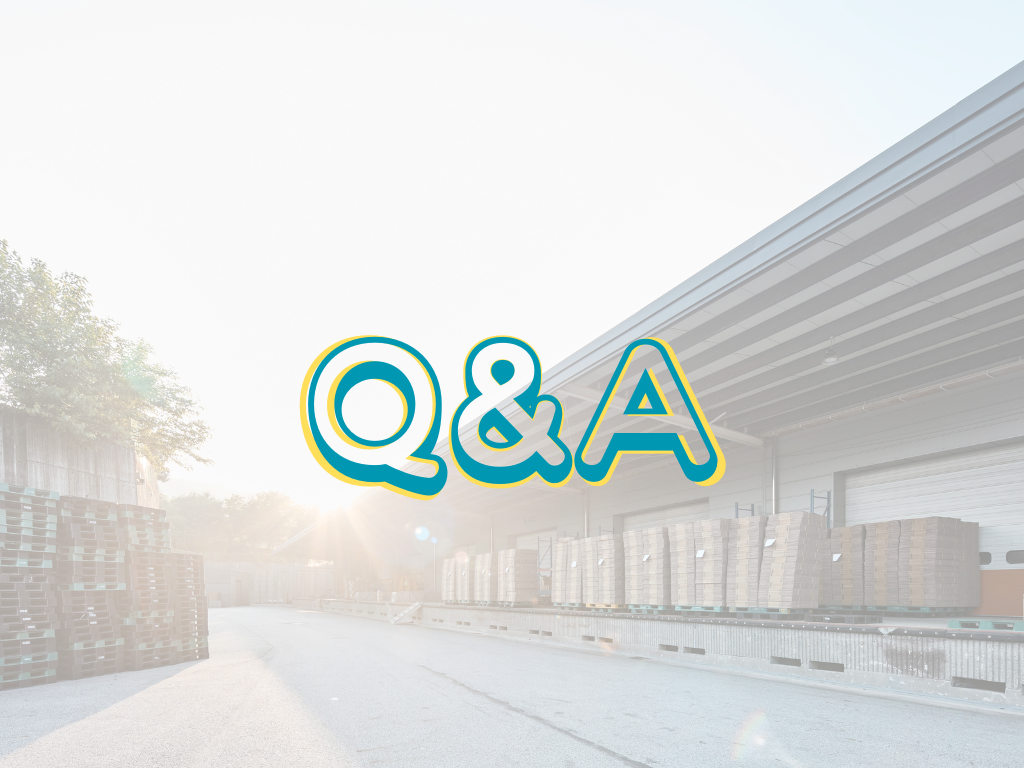
Japan is one of the most earthquake-prone countries in the world, which makes the seismic resistance of warehouse racks a critical factor for both employee safety and business continuity.
Using non-compliant racks can result in falling goods, structural collapse, and serious injuries during an earthquake—risks that no warehouse can afford to overlook.
This article explains Japan’s seismic standards (JIS Standards) and highlights the key points you need to know when selecting safe racks for your facility.
ー目次ー
To ensure the safety of warehouse equipment, Japan has established JIS Standards (Japanese Industrial Standards) specifically for seismic resistance.
These standards are designed to guarantee rack stability during seismic events, thereby safeguarding both people and operations.
✅ Why JIS Compliance Matters
⚠️ Risks of Non-Compliance
One of the most important indicators in seismic rack design is the horizontal seismic coefficient—a measure of how well the rack withstands lateral shaking during an earthquake.
The coefficient is determined by multiple factors, including rack structure, anchoring bolts, and reinforcement systems.
✅ JIS Standard Requirement
⚠️ Important Note
Seismic design is not intended to make racks indestructible. Instead, its purpose is to buy employees valuable time to evacuate safely.
✅ Operational Guidelines
✅ The Role of Seismic-Resistant Racks
Advantages
Disadvantages
At Logical Company, we provide racks that meet Japan’s seismic standards and are designed to ensure long-term safety and reliability.
By selecting JIS-compliant racks, you can:
✔️ Optimize warehouse safety.
✔️ Maintain business continuity even after seismic events.
✔️ Operate in Japan with complete peace of mind.
Our expert team is available to provide consultation and tailored recommendations for your facility.
Selecting racks that comply with Japan’s seismic (JIS) standards is not optional—it is essential.
By understanding the horizontal seismic coefficient and the true purpose of seismic design, you can establish a warehouse environment that prioritizes safety, resilience, and efficiency.
👉 Logical Company is here to support your success in the Japanese market with the safest, most reliable racking solutions.
関連ワード
今回も最後までお読みいただきありがとうございます。
このコラムを読んだ方は次の記事も合わせて読むと、さらに御社の倉庫や工場のレベルアップに繋がると思います。ぜひご覧ください!

2025.10.02

保管ラック 特殊ラック 2025.10.01

保管ラック 特殊ラック 2025.10.01
倉庫の設備のことなら
東京ロジカルにお任せください!
お電話 :  03-6658-4419
03-6658-4419